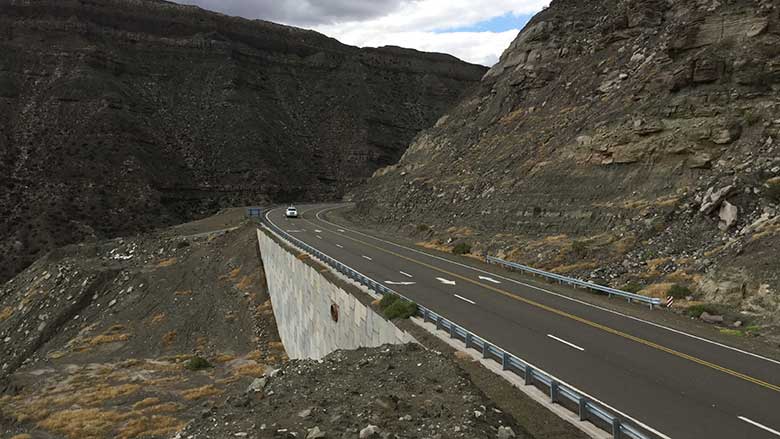When we travel, whether by air, sea or land, we expect the most pleasant, hassle-free journey possible. Traveling through airport, port or on the road, passengers expect quality service from their point of departure to their destination.
In the case of Latin America, however, their expectations are often not met. The region is not known for quality infrastructure, something that is evident in the statistics: Latin America invests less than 3 percent of GDP annually in the construction of major infrastructure projects, putting it behind Africa and far below East Asia and the Pacific, a region that annually allocates 7.7 percent of its GDP to this sector.
“Latin America and the Caribbean does not have the infrastructure it needs nor deserves given its income level.” That is the first line of the World Bank report: Rethinking Infrastructure in Latin America and the Caribbean – Spending Better to Achieve More (i). The report analyzes the development of this sector and discusses opportunities for strengthening economic growth, through both more, and better infrastructure.
Obviously, there are differences within the region. Bolivia, Costa Rica, Honduras, Nicaragua, Panama and Peru, for example, invest more than 4 percent of their GDP annually in infrastructure. And some sectors, such as electric and water works, have a good track record.
Challenges remain in the transportation and sanitation sectors, which have significant gaps that slow development in several countries of the region.

